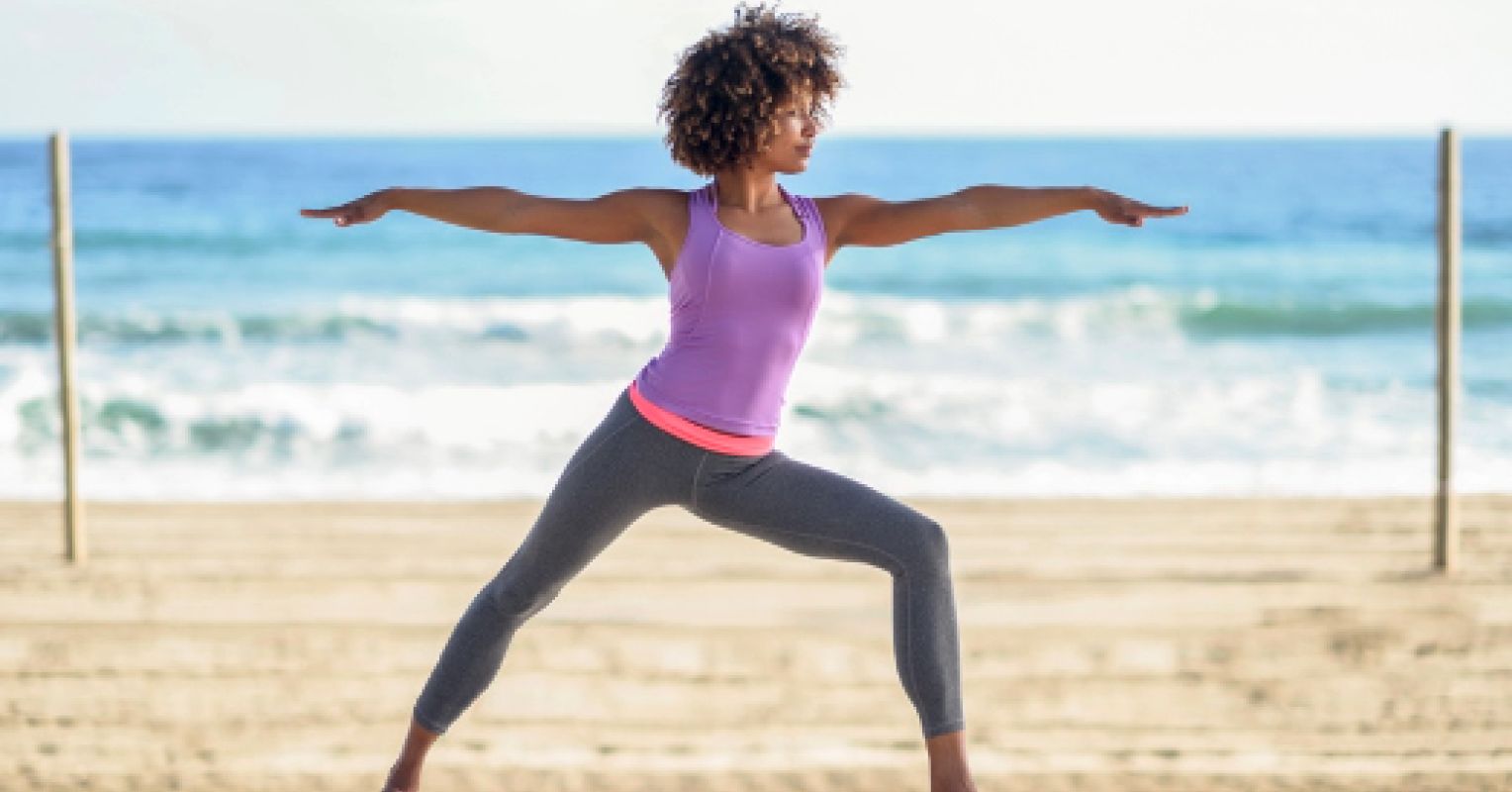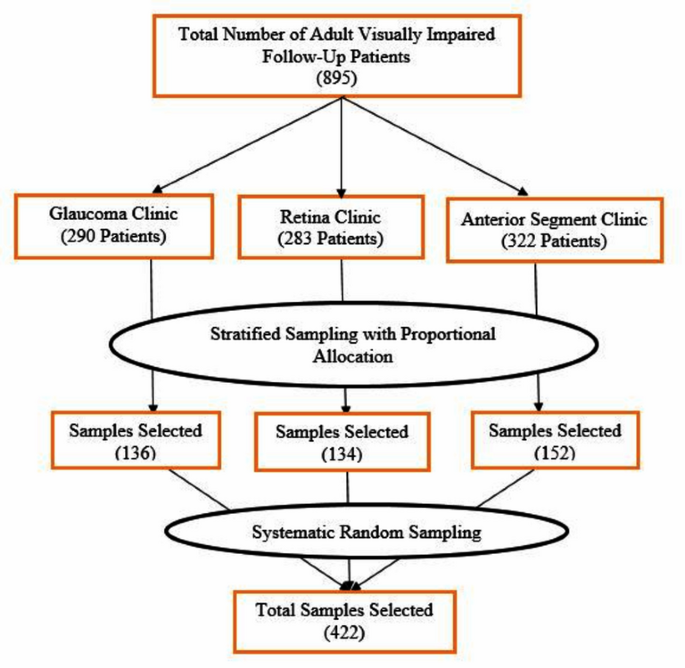The Power of Yoga: Mind-Body Health for Every Age

Yoga is an ancient practice of philosophy and movement that originated in India thousands of years ago (Uebelacker et al., 2021) and was introduced to the U.S. in 1893 (Yatham et al., 2023). In 2008, yoga organizations worked with the Department of Health and Human Services to officially recognize September as National Yoga Awareness Month, a time to celebrate and raise awareness about the health benefits of yoga (AllYoga, 2024).
When some people think of yoga, they imagine a very flexible person who can contort the body into what seem to be impossible postures, however, the reality is that people of all ages and physical abilities can learn how to use yoga as a lifestyle skill for exercise, healing, and psychological calm.
Given that about 38 million people in the U.S. practice yoga (Asivana, 2025), we can assume that everyone chooses their specific style of yoga in a unique way. There are over 100 styles of yoga, so to help people gain an understanding of popular styles of yoga, Yoga Medicine described 13 of the most popular styles including: Kundalini, vinyasa, hatha, ashtanga, yin, Iyengar, Bikram, power, Sivananda, restorative, prenatal, aerial, and acro. In addition, chair, paddleboard, and adaptive yoga are other popular styles. When choosing a practice, important things to keep in mind are that you have medical clearance to practice yoga and that you listen to where your body is on each day of practice. What feels good one day might be too much on another. Yoga meets you where you are—not the other way around.
Why Yoga Helps
In addition to the physical benefits of yoga, like enhanced strength and balance and improvements in lung capacity and cardiovascular functioning, yoga has psychological benefits: yoga can help build a sense of community and reduced feelings of stress, anxiety, and depression (Pehlivan & Eyi, 2025; Yatham et al., 2023). The mind-body connection of yoga is powerful, and countless medical and psychological studies show how one’s mind can impact the body, and how one’s body can impact the mind (Ku et al., 2024). The studies point out an important individual factor—people have to believe that the suggested health behavior, yoga in this case, will result in positive outcomes. In other words, if we believe a health practice will have a positive impact on our minds and bodies, we are more likely to engage in that behavior.
This is not to imply that yoga is a replacement for traditional medicine and health practices, rather it is an additional skill that can help enhance wellness across the lifespan. This is also why it is important for people to try different styles of yoga that best suits their individual circumstances. If a person enters his first yoga class and accidentally signs up for aerial yoga, he might feel incapable of executing the most basic aerial movements, walk out of class, and completely dismiss yoga. But if that same person enters a beginners’ hatha class and experiences movements and poses that can be achieved, he might view yoga as a new tool in his skillset.
Yoga Across Lifespan and Abilities
From pre-natal yoga (Villar-Alises et al., 2023) to end-of-life (Giridharan & Shanbhag, 2024) movement, yoga can be a healing and empowering practice for people of all ages and abilities. This is a brief list of how yoga has impacted people across the lifespan:
Pregnant Women: Prenatal yoga can improve mental health and reduce anxiety, depression, and stress symptoms for pregnant women (Villar-Alises et al., 2023).
Infants and Mothers: Preterm infant motor movements, postnatal bonding, and mothers’ anxiety symptoms improved after six sessions of tele-yoga (Bozgan-Baş et al., 2025).
Children: Children who practice yoga can experience improved attention and emotional well-being, enhanced classroom behavior and imagination, development of coping strategies and self-awareness, and a sense of calm (Shrikant et al., 2025).
Teens: Teens might experience self-consciousness in yoga class, but they also believe that yoga can help them with stress and depression (Uebelacker et al., 2021).
Adults: Adults enjoy yoga for exercise, reducing stress, managing health conditions, increased balance, and illness prevention (Quilty et al., 2013).
Women: Women who practiced yoga reported reduced stress and improved mindfulness (Cavour-Więcławek & Rogowska, 2024).
Men: Men who have male role models who participate in yoga, and those who experience the benefits of yoga first hand, are more likely to engage in their own yoga practice (Cagas et al., 2024).
Retired Men: Retired men who practiced yoga in a group reported improved well-being, including purpose in life, awareness of feelings, and personal growth (Borotikar et al., 2023).
The Elderly: Hatha yoga practice can improve balance among the elderly (Adipratama et al., 2024). Also, elderly women who participated in chair yoga reported improved arm and leg strength, improved balance, and enhanced well-being (Yao & Tseng, 2019).
Breast Cancer Patients: Yoga and meditation helped breast cancer improve patients improve self-esteem and body image and they reported reduced stress (Pehlivan & Eyi, 2025).
People With Amputations: People with amputations who participated in a yoga program experienced reduced anxiety and depression and improved quality of life and self-image (Mir et al., 2023).
People Who Have Experienced Trauma: People who have experienced trauma and participated in trauma sensitive yoga reported improved inner strength, resilience, and meaning making (Raymond & Walter, 2025).
People Who Have Experienced a Stroke: People who experienced a stroke reported improved sleep and feelings of resilience, and decreased stress after an adaptive yoga program (Bislick et al., 2023).
End of Life: Yoga has the potential to enhance quality of life, improve comfort, and respect the dignity of patients at the end if their lives (Giridharan & Shanbhag, 2024).
How to Start Practicing Yoga
The first step to practicing yoga is to consult with your physician to obtain medical clearance. Next, explore yoga studios in your area. Studio prices can range from free classes (karma yoga) to hundreds of dollars. Experienced yoga teachers will help you learn the etiquette of yoga classes and will ask your permission to help you safely move into poses and to help correct your posture. You can also search for free online yoga videos so you can practice at home. Most studio classes are 60-90 minutes, and you can find online videos that are just a few minutes to 90-plus minutes. Whatever you choose, be patient with yourself as you begin to experience the mind-body benefits of yoga.
link



:max_bytes(150000):strip_icc()/Health-GettyImages-2185740754-ea05873f093c4ae0b9140583dc7a7ccc.jpg)


